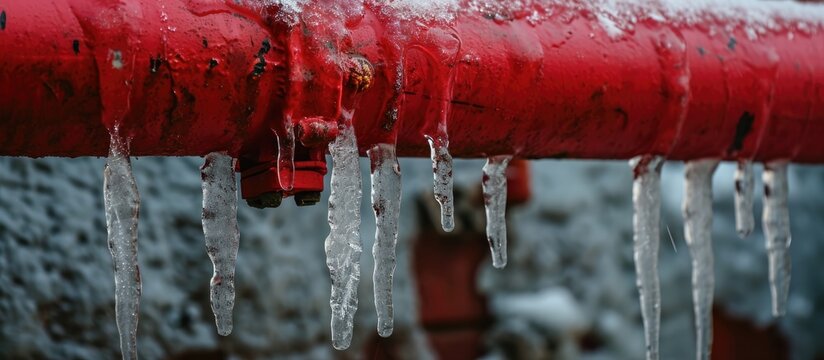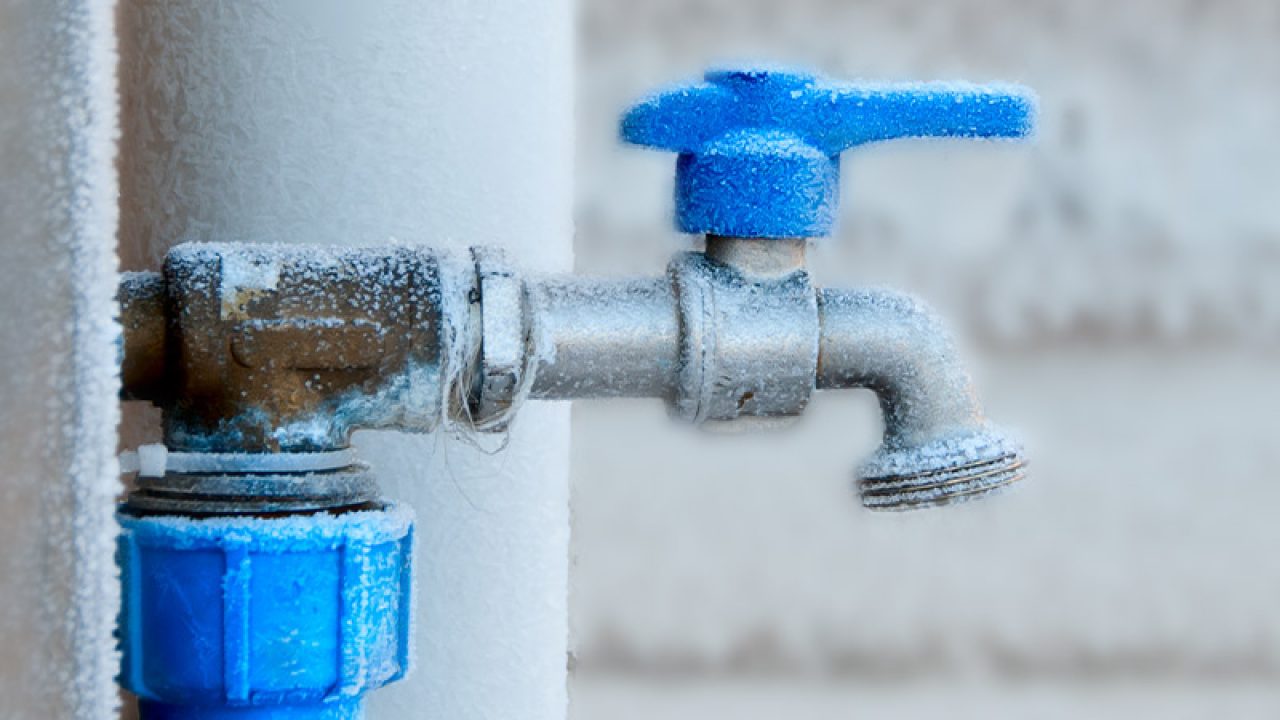Avoiding Frozen Pipes in Cold Weather: Pro Tips
Avoiding Frozen Pipes in Cold Weather: Pro Tips
Blog Article
Were you trying to locate information about Helpful Tips to Prevent Frozen Pipes this Winter?

Winter can damage your plumbing, specifically by freezing pipes. Here's just how to prevent it from taking place and what to do if it does.
Introduction
As temperature levels decrease, the danger of icy pipes rises, potentially bring about costly fixings and water damage. Comprehending just how to stop frozen pipes is vital for homeowners in chilly environments.
Avoidance Tips
Shielding vulnerable pipes
Wrap pipelines in insulation sleeves or utilize heat tape to shield them from freezing temperature levels. Focus on pipelines in unheated or external locations of the home.
Heating methods
Keep interior areas sufficiently warmed, especially areas with plumbing. Open cupboard doors to permit warm air to circulate around pipes under sinks.
Exactly how to determine frozen pipes
Search for decreased water flow from faucets, uncommon odors or noises from pipes, and noticeable frost on revealed pipelines.
Long-Term Solutions
Architectural changes
Take into consideration rerouting pipelines away from outside walls or unheated areas. Include added insulation to attics, cellars, and crawl spaces.
Updating insulation
Purchase premium insulation for pipes, attic rooms, and wall surfaces. Appropriate insulation aids preserve constant temperature levels and minimizes the risk of icy pipes.
Safeguarding Outdoor Plumbing
Garden pipes and outdoor faucets
Separate and drain garden tubes prior to winter months. Install frost-proof spigots or cover outdoor faucets with protected caps.
Comprehending Frozen Pipelines
What causes pipelines to ice up?
Pipelines ice up when revealed to temperatures below 32 ° F (0 ° C) for expanded periods. As water inside the pipes freezes, it expands, putting pressure on the pipe wall surfaces and possibly creating them to break.
Threats and problems
Icy pipelines can lead to supply of water interruptions, property damage, and pricey fixings. Ruptured pipes can flooding homes and cause considerable structural damage.
Indicators of Frozen Water Lines
Recognizing frozen pipes early can prevent them from rupturing.
What to Do If Your Pipelines Freeze
Immediate activities to take
If you think icy pipes, maintain taps open to alleviate stress as the ice melts. Utilize a hairdryer or towels taken in hot water to thaw pipelines gradually.
Conclusion
Protecting against frozen pipes requires proactive procedures and fast reactions. By understanding the reasons, signs, and preventive measures, home owners can secure their plumbing throughout cold weather.
6 Proven Ways to Prevent Frozen Pipes and Protect Your Home
Disconnect and Drain Garden Hoses
Before winter arrives, start by disconnecting your garden hoses and draining any remaining water. Close the shut-off valves that supply outdoor hose bibs and leave the outdoor faucet open to allow any residual water to drain. For extra protection, consider using faucet covers throughout the colder months. It’s also important to drain water from any sprinkler supply lines following the manufacturer’s directions.
Insulate Exposed Pipes
Insulating your pipes is an effective way to prevent freezing. Pipe insulation is readily available at home improvement stores and is relatively inexpensive. Pay close attention to pipes in unheated areas such as the attic, basement, crawl spaces, or garage. Apply foam insulation generously to create a buffer against the cold. You can also wrap your pipes in heat tape or thermostat-controlled heat cables for added warmth.
Seal Air Leaks
Inspect your home for any cracks or openings that could let in cold air. Seal any holes around the piping in interior or exterior walls, as well as the sill plates where your home rests on its foundation. Additionally, make sure to keep your garage door closed unless you’re entering or exiting. Leaving it open creates a significant air leak that can lead to frozen pipes.
Allow Warm Air Circulation
During cold snaps, it’s essential to allow warm air to circulate evenly throughout your home. Leave interior doors ajar to promote better airflow. Open kitchen and bathroom cabinets to help distribute heat consistently around the rooms. If you have small children or pets, be sure to remove any household chemicals or potentially harmful cleaners from open cabinets for safety.
Let Faucets Drip
A small trickle of water can make a big difference in preventing ice formation inside your pipes. When temperatures drop significantly, start a drip of water from all faucets served by exposed pipes. This continuous flow helps prevent the water from freezing. Additionally, running a few faucets slightly can relieve pressure inside the pipes, reducing the chances of a rupture if the water inside does freeze.
https://choateshvac.com/6-proven-ways-to-prevent-frozen-pipes-and-protect-your-home/

Do you like reading about How To Avoid Freezing Pipes? Post a review directly below. We will be glad to hear your ideas about this write-up. Hoping that you come back again later on. In case you enjoyed reading our post if you please be sure to pass it around. Thanks so much for going through it.
Call Today Report this page